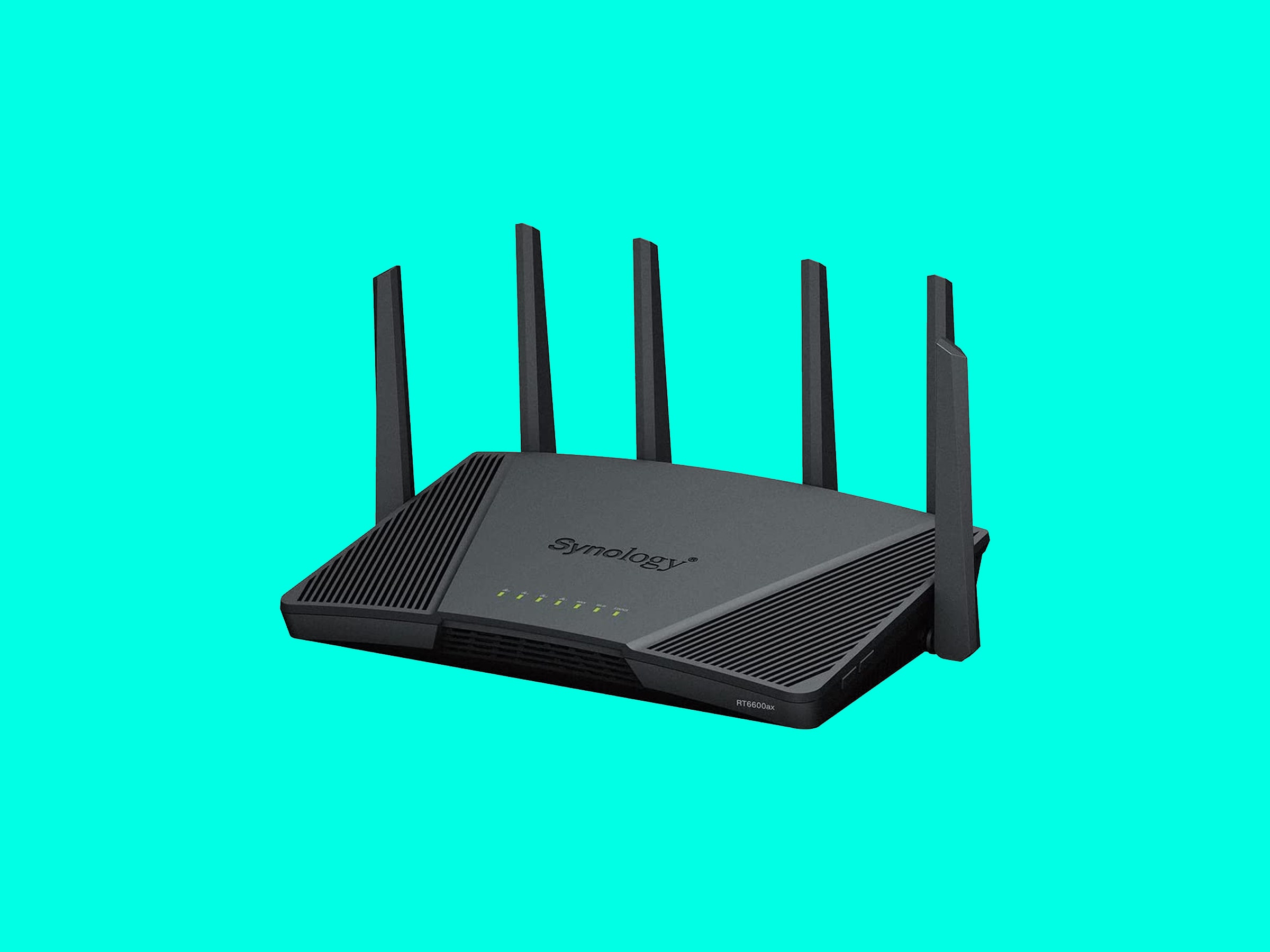Cables can go bad over time due to various factors including temperature extremes, uv light exposure, chemical exposure, and mechanical action. The insulation and sheathing materials of cables may degrade, leading to potential failure.
Frequently used cables may also suffer from excessive flexing, resulting in wear and tear. Additionally, termites and rodents can cause damage to cables. While cables are designed with a minimum life expectancy of 25 years, they may continue to function beyond that time frame.
However, they are often retired earlier due to economic reasons. Excessive heating can also contribute to the degradation and premature failure of cables. It is important to regularly inspect and maintain cables to ensure their longevity and prevent potential issues.

Credit: www.simplilearn.com
Factors That Can Contribute To Cable Degradation
Cables can degrade over time due to various factors such as exposure to temperature extremes, uv light, chemicals, excessive flexing, and even termites and rodents. The insulation and sheathing materials may deteriorate, leading to potential failures.
Exposure to temperature extremes:
- Extreme temperatures, both hot and cold, can cause the insulation and sheathing materials of cables to degrade over time.
- Excessive heat can lead to the hardening and cracking of cable materials, while extreme cold can make them brittle and prone to cracking.
Effects of uv light on cables:
- Exposure to uv light, especially for outdoor cables, can cause the outer sheathing to deteriorate.
- Uv rays break down the polymers in the cable, leading to color fading, cracking, and reduced overall strength.
Impact of ozone on cable materials:
- Ozone, a gas present in the atmosphere, can react with the insulation materials of cables, causing them to break down and degrade over time.
- Ozone can accelerate the aging process of cables, making them more susceptible to damage and failure.
Chemical exposure and cable degradation:
- Chemicals, such as acids, solvents, and oils, can deteriorate the materials of cables.
- Chemical exposure can cause the insulation or sheathing to become brittle, crack, or lose its flexibility, leading to cable failure.
Excessive flexing and mechanical stress on cables:
- Repeated bending, twisting, or flexing of cables can lead to the weakening and breakage of their internal conductors.
- Mechanical stress can cause the insulation to become damaged, resulting in short circuits or electrical leakage.
Potential cable damage caused by termites and rodents:
- Termites and rodents can chew on cables, causing physical damage and exposing the conductors.
- This can lead to shorts, signal interference, or even electrical fires.
Overall, cables can degrade over time due to various factors like exposure to temperature extremes, uv light, ozone, chemical exposure, excessive flexing, and damage caused by termites and rodents. Regular inspection and maintenance can help identify and address cable degradation to ensure optimal performance and safety.
Signs Of Cable Deterioration Over Time
Over time, cables can deteriorate due to factors such as extreme temperatures, uv light exposure, chemical exposure, mechanical stress, and even damage caused by termites and rodents. This deterioration can lead to degradation of the insulation and sheathing materials, affecting the overall performance and lifespan of the cable.
Cables are vital components in our modern technology-driven world. However, like any other device or system, cables can deteriorate over time. It’s important to be aware of the signs of cable deterioration so that you can take necessary steps to prevent failures and ensure efficient performance.
Here are some common signs to look out for:
Physical Wear And Tear On Cable Insulation:
- Cracked or peeling insulation
- Faded or discolored insulation
- Brittle or frayed insulation
Changes In Cable Color Or Texture:
- Discoloration, such as darkening or yellowing
- Rough or uneven texture on the cable surface
Cracks, Splits, Or Breaks In The Cable Jacket:
- Visible cracks or splits in the outer protective covering
- Broken or missing sections of the cable jacket
Loss Of Connection Or Intermittent Electrical Signals:
- Frequent disconnections or interruptions in signal transmission
- Inconsistent performance or drop in data transfer speed
Increased Cable Resistance Affecting Performance:
- Slower data transfer or communication speed
- Poor signal quality or clarity
Corrosion Or Rust On Cable Connectors:
- Greenish or brownish discoloration on connectors
- Deterioration of metal components due to moisture or exposure to elements
Detecting these signs of cable deterioration can help you identify potential issues and take appropriate action. Regular inspections and maintenance can extend the lifespan of your cables and prevent unexpected failures. Remember, prevention is always better than dealing with the consequences of a faulty cable.
Extending The Lifespan Of Cables
Cables can go bad over time due to various factors such as temperature extremes, uv light exposure, chemical exposure, mechanical action, and more. These factors can lead to degradation of the insulation and sheathing materials, resulting in premature failure. However, cables are designed with a minimum lifespan of 25 years, but may be retired earlier for economic reasons.
Cables play an essential role in our daily lives, connecting us to the digital world and powering our devices. However, over time, cables can deteriorate, leading to potential issues such as poor connectivity, electrical hazards, and even equipment failure. To ensure the longevity of your cables and avoid these problems, it’s important to take proactive steps in their installation and maintenance.
Here are some key practices to extend the lifespan of your cables:
Proper Cable Installation And Maintenance:
- Use appropriate cable management solutions to minimize flexing and bending, reducing the risk of internal damage.
- Ensure proper routing and support to prevent excessive stress on cables, which can lead to wire breakage.
- Avoid sharp bends, kinks, and twists during installation, as these actions can weaken the cable structure and impact its performance.
Regular Inspection To Identify Early Signs Of Deterioration:
- Conduct visual inspections of cables to check for any physical damage, including cuts, cracks, or frayed insulation.
- Test cables periodically using appropriate equipment to detect any electrical faults or signal degradation.
- If any issues are identified, promptly repair or replace the affected cables to prevent further damage.
Avoiding Cable Overload And Excessive Stress:
- Be mindful of the maximum current rating and load capacity of cables, ensuring they are not exceeded.
- Properly distribute the load among multiple cables if necessary to prevent overload.
- Avoid placing heavy objects or applying excessive pressure on cables, as this can lead to insulation damage and reduced performance.
Protecting Cables From Extreme Temperatures And Uv Exposure:
- Shield cables from direct sunlight and high temperatures, as these can cause insulation deterioration and premature aging.
- Install cables away from heat sources and ensure proper ventilation in the surrounding area.
- Use uv-resistant cable jackets or protective coverings when cables are exposed to outdoor environments.
Using Cable Management Solutions To Minimize Flexing And Bending:
- Use cable trays, raceways, or conduit systems to neatly organize and protect cables from physical stressors.
- Employ cable clips or ties to secure cables in place and prevent unnecessary movement that may lead to damage.
Implementing Measures To Prevent Termite And Rodent Damage:
- Seal any gaps or openings in walls, floors, or cable pathways to deter termite and rodent entry.
- Consider using pest-resistant conduits or applying pest control measures in areas where cable installations are vulnerable.
By following these best practices, you can significantly prolong the lifespan of your cables and ensure optimal performance throughout their lifetime. Regular inspection, proper installation, and protection from external factors are key in maintaining the reliability and longevity of your cables.
Frequently Asked Questions On Do Cables Go Bad Over Time?
Do Cables Degrade Over Time?
Cables can degrade over time due to various factors such as temperature extremes, uv light exposure, ozone, chemicals, excessive flexing or mechanical action, and even damage from termites and rodents. The insulation and sheathing materials of the cables are prone to deterioration, which can lead to performance issues and potential failure.
It is important to note that cables are typically designed with a minimum lifespan of 25 years, but they may remain operational for longer periods depending on usage and maintenance. However, cables are often retired earlier due to becoming economically obsolete.
Excessive heating can also cause degradation of the cable’s insulation and sheathing material, leading to premature failure. Proper maintenance and regular inspection can help identify any signs of degradation or damage, ensuring the optimal performance and longevity of the cables.
How Often Do Cables Go Bad?
Cables can go bad over time due to various factors. These include exposure to extreme temperatures, uv light, ozone, chemicals, excessive flexing, mechanical action, and even potential damage from termites and rodents. The insulation and sheathing materials of the cables may degrade as a result of these factors.
While cables are typically designed to have a minimum lifespan of 25 years, there is no specific timeframe for when cables will go bad. Some cables may remain operational for longer than 25 years, but they are often retired earlier due to economic obsolescence.
Additionally, excessive heating of the cable can cause degradation of the insulation and sheathing material, leading to premature failure. This heat may come from external sources or be generated by resistance to current flow in the conductor, especially if the cable is overloaded or unrated for the application.
How Do Cables Go Bad?
Cables can go bad due to various factors such as exposure to extreme temperatures, uv light, ozone, chemicals, excessive flexing, and mechanical action. Termites and rodents can also cause damage to cables. The insulation and sheathing materials of the cables degrade over time, leading to potential failure.
Excessive heating of the cable can accelerate this degradation process and cause premature failure. Heat can come from external sources or may be generated by the resistance to current flow in the conductor, especially if the cable is overloaded or underrated for the application.
It is important to monitor cables for signs of damage or wear and replace them if necessary to ensure proper functioning and prevent potential hazards.
Can Video Cables Go Bad?
Video cables can go bad over time. The insulation and sheathing materials of the cables may degrade due to factors such as temperature extremes, uv light, ozone, chemicals, excessive flexing, or even potential damage by termites and rodents. While cables are designed to have a minimum lifespan of 25 years, they may remain operational longer.
However, they are often retired earlier due to economical obsolescence. Excessive heat can also cause degradation of the insulation and sheathing material, leading to premature failure. This heat can come from external sources or be generated by resistance to current flow in the conductor, especially if the cable is overloaded or underrated for the application.
It is important to monitor and maintain video cables to ensure optimal performance and avoid potential issues.
Conclusion
It is clear that cables can indeed go bad over time due to various factors. The insulation and sheathing materials of cables can degrade when exposed to temperature extremes, uv light, ozone, chemicals, excessive flexing, mechanical action, or even attack by termites and rodents.
While cables are engineered with a minimum design life of 25 years, this is not a magical time span, and they may remain operational longer, but are often retired earlier for economic reasons. It is important to understand that excessive heating of the cable can cause degradation of the insulation and sheathing material, leading to premature failure.
This heat can come from external sources or be generated by resistance to current flow in the conductor. Therefore, it is crucial to ensure cables are not overloaded or underrated for the application in order to prolong their lifespan. Regular maintenance and periodic inspections can help identify potential issues and prevent cable failure over time.
By taking proactive measures, you can ensure the longevity and proper functioning of your cables.


